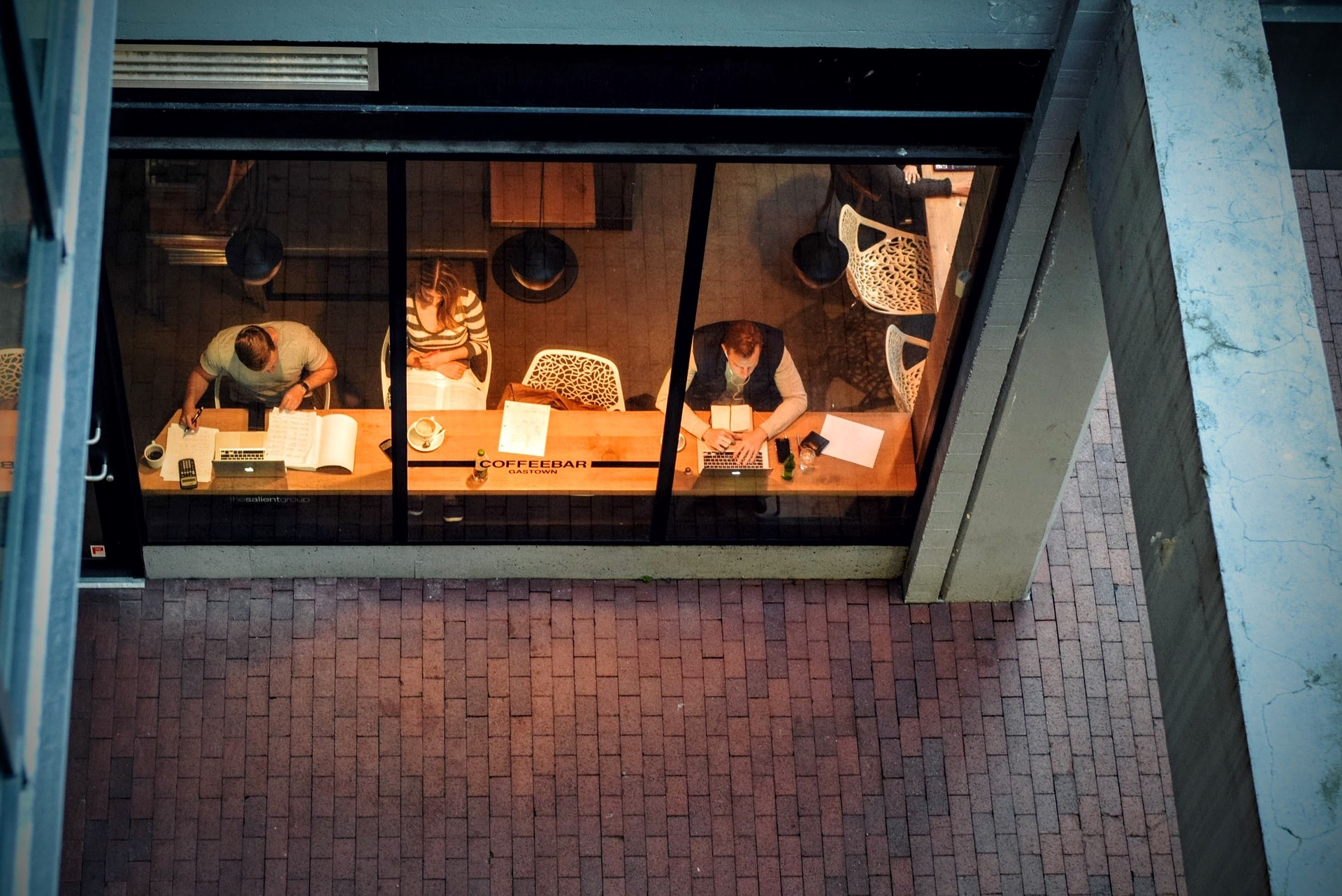周囲Wifi信号を利用して、壁の反対側の人間をトラッキング出来ることが可能
雨ですね、ブルーネットです。
Wifiのほかの使い方がみつかりました。
元の記事は:
https://www.technologyreview.com/s/612375/using-wi-fi-to-see-behind-closed-doors-is-easier-than-anyone-thought/
[English]
Wifi信号はと生活は普通になったせいで、無線周波数でほぼ常に取り囲まれています。 私たちがどこにいてもインターネットへのアクセスの贅沢に恵まれていますが、人の物理的な場所と動きを追跡することもできます。 無線信号は、2.4〜5ギガヘルツの範囲で浮遊する電波であり、固体の物体を照らしたり跳ね返ったりします。 研究者はこの属性を利用し、壁を通って本質的に見ることができると証明しました。
カリフォルニア大学サンタバーバラ校のヤンジ·ズー氏(Yanzi Zhu)は、一般的のスマートフォンを使用だけで、周囲のWi-Fi信号を使用して、家庭やオフィス内の人々を外部から追跡することが可能であることを発見しました。 Wi-Fi信号は、可視スペクトル外の光で、ドアや机を通過する際に歪んでしまいます。 Wi-Fi信号の歪みは、どのオブジェクトが存在するかを識別するは難しいですが、人の特定の動きを見るには使用できます。 人間は反射し、光を屈折させますが、その動きは可視光の光と同じように、wifi光の不連続な変化を引き起こし、見つけやすくなります。
人々を追跡には、ズー氏の研究チームの教授はまずルータやWiFiを普及の場所を特定するのを必要だと言います。 スマートフォン内蔵の加速度計を利用し、携帯電話で移動してデータを収集します。数字の変更で、Wi-Fi光の位置を識別することができまして、たった四回の計測で92.6%の精度を達成しました。
この情報で、研究チームは無線LAN環境のなかでオブジェクトの動きを待つだけでした。 固定式のWi-Fi計測器を設置すると、Wi-Fi光が周囲とどのように構成されているかを静止画のような感覚で記録できます。 チームは、異なる動きがwifi信号に異なる変化を反映し、どの動きがどのような信号変化を起こしたのかを記録した後、壁の反対側でどのような動きが起きているのか把握できると説明できました。
複数のwifi信号の普及スポットがありますと、判定精度が向上すること発見しました。 たとえば、2台のWi-Fiルーターの場合では、精度は99%に上がりました。 建物のジオフェンシングやWi-Fi環境に多くのノイズを加えるなどの影響を緩和する方法があるかもしれませんが、有効性には限界があります。 検出方法の単純さは、盗んでいる犯罪者が電話を持ち歩く必要があるだけでスパイすることが容易であることを意味します。また、潜在的な盗難者達に対し、 プライバシー保護のための戦いがより困難になり始めるかもしれないと感じています。
[English]
Wifi signals have become so common place that we are almost constantly surrounded in these radio frequencies. Though it provides us with the luxury of access to the internet anywhere we go, these are exploitable to track our physical location and movement. Wifi signals are radio waves that typically float in the 2.4 to 5 giga hertz range which shine through or bounce off solid objects. This causes a distorting effect in the wifi signals which researchers have found can be exploited to to essentially see through walls.
Professor Yanzi Zhu of University of California Santa Barbra found that just using an ordinary smartphone, it is possible to use the ambient wifi signals to track people in their homes or offices from the outside. Wifi signals are light outside of our visible spectrum which get distorted when they pass through doors or desks. This distortion in the wifi signal, while makes it difficult to discern what objects are, can be used to see specific movement of people. Humans reflect and refract wifi light as well but their movements cause discrete changes in wifi light, just as it would with light in the visible spectrum, making it easy to spot.
In order to track people, professor Zhu research team first needed to find the location of the wifi transmitter such as a router. They developed an app that utilized a smartphones built-in accelerometer and as they moved around with the phone, and gather the data on the changes in the signal strength. By calculating the numbers, they were able to discern the location of the source of the wifi light. They reported that after 4 measurements, they were able to get the location of the router with 92.6% accuracy.
With this information, they just needed to wait for movement in the wifi environment. By placing a stationary wifi measurer or detecter, it can record how the wifi light is configured with the surrounding, in a sense like a still picture. The team describes that different movement creates different changes to the wifi signal which after recording which movement make what signal change, they could figure out what movement were occurring on the other side of the walls.
They also note that with more than one wifi signal, their accuracy improves. For example, with 2 wifi routers, their accuracy increases to 99%. While there may be ways to mitigate the effect such as geofencing the building or adding more noise to the wifi environment, these seem to have limited effectiveness. The simplicity of the detection method would mean that it would be easy for a peeping tom to spy as they would only need to carry around a phone, or worse for potential burglar who would require as little equipment as possible to be unsuspicious. It feels that fight for privacy may start to become more difficult.


